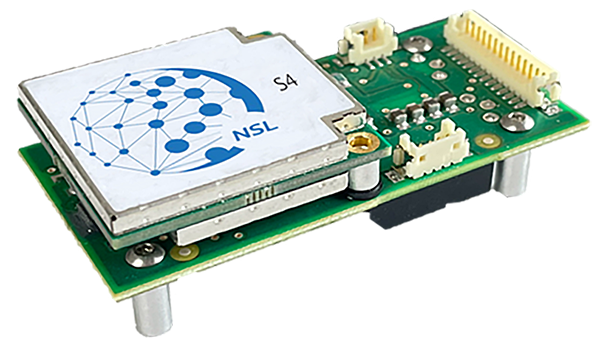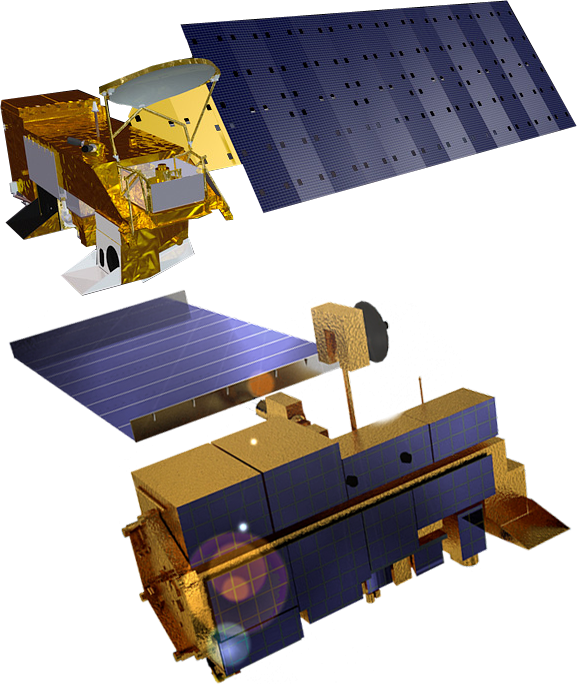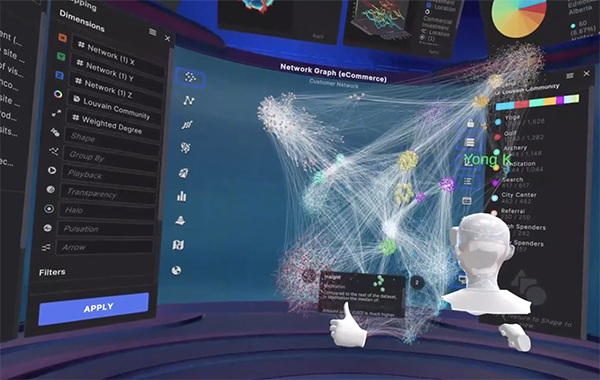
Electronic Handbooks Simplify Process Management
NASA Technology
Getting a multitude of people to work together to manage processes across many organizations —for example, flight projects, research, technologies, or data centers and others—is not an easy task. Just ask Dr. Barry E. Jacobs, a research computer scientist at Goddard Space Flight Center. He helped NASA develop a process management solution that provided documenting tools for process developers and participants to help them quickly learn, adapt, test, and teach their views. Some of these tools included editable files for subprocess descriptions, document descriptions, role guidelines, manager worksheets, and references.
First utilized for NASA’s Headquarters Directives Management process, the approach led to the invention of a concept called the Electronic Handbook (EHB). This EHB concept was successfully applied to NASA’s Small Business Innovation Research (SBIR) and Small Business Technology Transfer (STTR) programs, among other NASA programs. Several Federal agencies showed interest in the concept, so Jacobs and his team visited these agencies to show them how their specific processes could be managed by the methodology, as well as to create mock-up versions of the EHBs.
Partnership
In partnership with NASA and under the guidance of Jacobs, REI Systems, a Herndon, Virginia-based small business, received a NASA SBIR award in 1989 to build an integrated, uniform, and extensible framework for storage, retrieval, and update of heterogeneous objects. REI’s solution employed the NASA-developed EHB paradigm.
Using a familiar, easy-to-learn “handbook” interface, the EHB guides each user through complicated procedures that formerly required using multiple paper documents or legacy systems. This web-based business process management system was used to automate, integrate, execute, and optimize the business processes for NASA’s SBIR and STTR programs, which receive approximately 2,500 Phase I and Phase II proposals annually.
The team worked closely with the stakeholders at every level in order to fully understand the roles and business processes involved, which helped ensure the successful functionality, efficiency, and usability of the system. The way Jacobs sees it, “To truly understand one’s universe, one must see it through multiple ‘eyes’ and also have tools to communicate these views.”
The first NASA SBIR/STTR EHB was deployed in 1996 for the Phase I Review and Selection process. Now, the NASA SBIR/STTR EHB is a complete end-to-end paperless system for management of the SBIR/STTR programs ranging from solicitation development to contract administration processes and commercialization. The EHB continues to be used by all program participants, with approximately 6,000 active users from NASA Centers and firms.
According to REI, each firm that uses the EHB system to apply to the NASA programs saves the costs associated with printing and mailing of eight paper copies. For NASA, there has been a more than 30-percent reduction in the time required for processing, with commensurate reductions in the effort to manage the paper submissions.
Benefits
Originally featured in Spinoff 2001, REI has grown from a startup to a large business that provides a variety of Web-enabled, database-driven knowledge management and performance support solutions for Federal agencies, State governments, and the commercial sector. REI Systems continues to innovate with the EHB concept nurtured by NASA 22 years ago.
The company has applied the approach to managing information in every one of their custom software applications that manage the grants-making processes for Federal agencies as diverse as the Federal Emergency Management Agency, the Health Resources and Services Administration (HRSA), the Department of Homeland Security (DHS), the Department of Justice, and the Department of Energy (DOE). Specifically, REI’s NASA-derived EHB model has more than 60,000 users with over $6 billion in financial transactions per year.
REI has also taken its NASA SBIR domain knowledge to other agencies—DHS’s Science and Technology, the Small Business Administration, and DOE—where it is currently developing systems for their SBIR programs. In turn, REI has leveraged its open government and dashboarding solutions for the Office of Management and Budget and the General Services Administration (Recovery.gov, ITDashboard.gov, and USASpending.gov are some eGov sites developed by REI) and brought those solutions back to NASA to provide data visualization capabilities. Innovation with the EHB has been a two-way street.
According to REI, EHBs create a system that has lower maintenance, support, and upgrade costs, as well as reduced publication, distribution, and storage costs. An organization using an EHB will benefit from increased productivity and efficiency, enhanced communication and collaboration, enterprise-wide knowledge management, and increased data quality and accuracy. Samidha Manu, senior program manager at REI, says, “We look at what our customers’ needs are, and then we provide what makes the most sense in an automated tool. The big push is to make the process efficient, to make it work more effectively.”
REI’s largest EHB-based system supports HRSA, an agency of the Department of Health and Human Services, to provide competitively awarded grant funding to states and localities in providing healthcare and affiliated services to underserved communities nationwide. The EHB supports more than 300 grant programs and cooperative agreements, more than 10,000 grantees, and 1,500 HRSA employees.
Manu expresses appreciation to NASA for helping REI get to where it is today. “The tools deployed for NASA Goddard, in one form or another, have been adapted to the technology or solutions that we are deploying for other Federal agencies and doing a variety of things we probably never anticipated,” she says. “In 1998, there were hardly any Federal Internet applications to speak of. Since then, all types of Web applications have exploded.”

With support from the NASA SBIR program, Argonide Corporation developed nanofiber water filter media to remove viruses and other particles from water. The electronic handbook system that managed this partnership—and many others—was developed by REI Systems.

NASA’s SBIR program provides opportunities for small businesses to participate in research and development projects. The STTR program awards contracts to small businesses for cooperative research and development with a non-profit research institution, such as a university.













